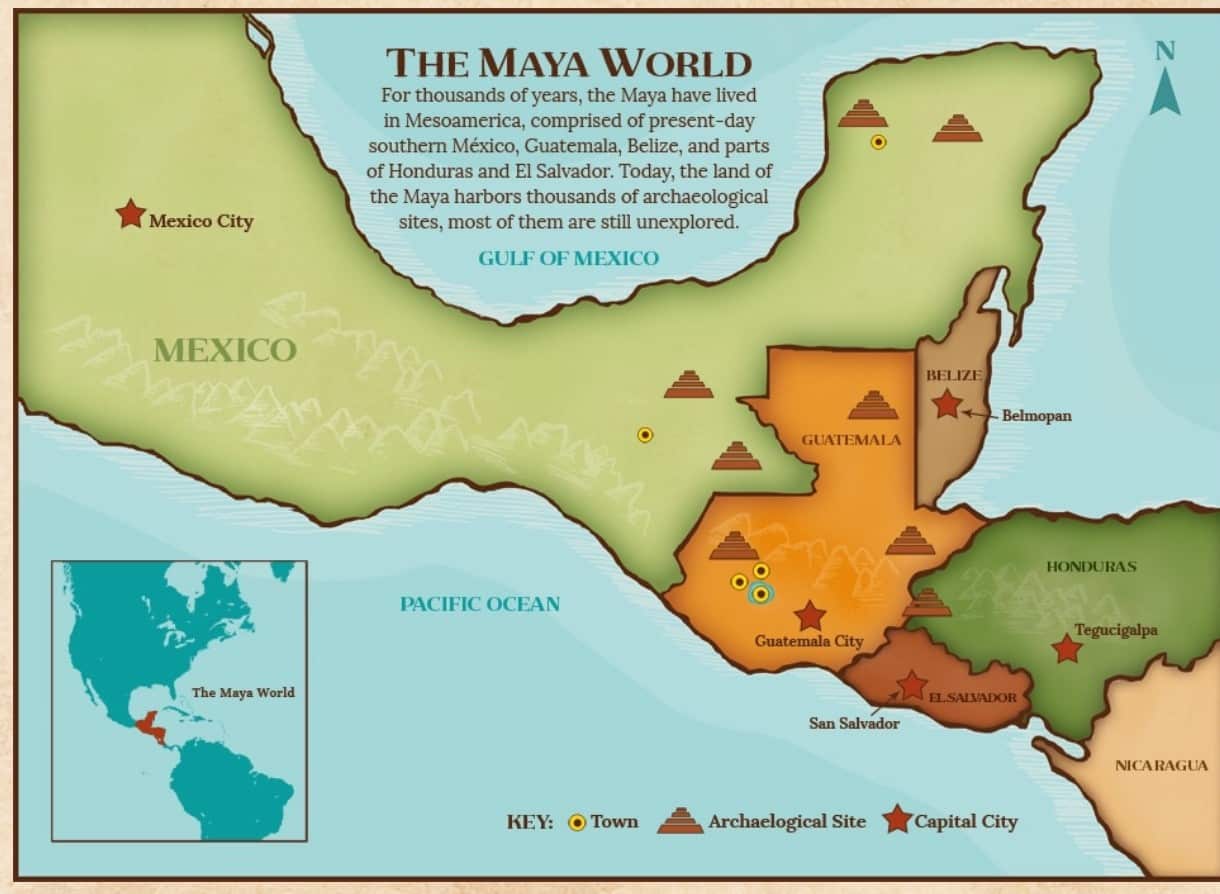
The Maya civilization developed in the Maya Region, an area that today comprises southeastern Mexico, all of Guatemala and Belize, and the western portions of Honduras and El Salvador.

It is also noted for its art, architecture, mathematics, calendar, and astronomical system. Its Maya script is the most sophisticated and highly developed writing system in the pre-Columbian Americas. “As soon as we saw this we all felt a little sheepish,” said Canuto said of the Lidar images, “because these were things that we had been walking over all the time.The Maya civilization ( / ˈ m aɪ ə/) of the Mesoamerican people is known by its ancient temples and glyphs. In a way, the structures were hiding in plain sight. when I went there, one of these things nine meters tall,” he noted. “It’s this hilltop citadel that has these ditch and rampart systems. Lidar revealed a previously undetected structure between the two sites that Garrison says “can’t be called anything other than a Maya fortress”. “The jungle, which has hindered us in our discovery efforts for so long, has actually worked as this great preservative tool of the impact the culture had across the landscape,” noted Garrison, who worked on the project and specialises in the city of El Zotz, near Tikal. He noted that unlike some other ancient cultures, whose fields, roads and outbuildings have been destroyed by subsequent generations of farming, the jungle grew over abandoned Maya fields and structures, both hiding and preserving them. “I found it, but if I had not had the Lidar and known that that’s what it was, I would have walked right over it, because of how dense the jungle is.” Garrison said that this year he went to the field with the Lidar data to look for one of the roads revealed. The mapping detected about 60,000 individual structures, including four major Mayan ceremonial centres with plazas and pyramids. Their descendants still live in the region. The 810 square miles (2,100 square kilometers) of mapping done vastly expands the area that was intensively occupied by the Maya, whose culture flourished between roughly 1,000 BC and 900 AD. “There’s state involvement here, because we see large canals being dug that are re-directing natural water flows,” said Thomas Garrison, assistant professor of anthropology at Ithaca College in New York. The extensive defensive fences, ditch-and-rampart systems and irrigation canals suggest a highly organised workforce. “Their agriculture is much more intensive and therefore sustainable than we thought, and they were cultivating every inch of the land,” said Francisco Estrada-Belli, a research assistant professor at Tulane University, noting the ancient Mayas partly drained swampy areas that haven’t been considered worth farming since. The images revealed that the Mayans altered the landscape in a much broader way than previously thought in some areas, 95% of available land was cultivated. It bounces pulsed laser light off the ground, revealing contours hidden by dense foliage.

Researchers used a mapping technique called Lidar, which stands for light detection and ranging.


 0 kommentar(er)
0 kommentar(er)
